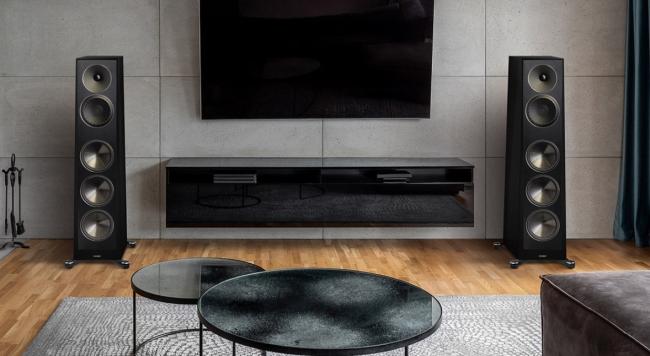
Designing a great stereo audio system involves considering several factors, including the size and acoustics of the listening space, the type of music or audio content that will be played, and the budget for the system. Here are a few general guidelines for designing a great stereo audio system:
- Choose high-quality components: The quality of the individual components, such as the speakers, amplifier, and source (e.g. CD player, turntable), will have a major impact on the overall sound quality of the system. Look for components from reputable brands that have good reviews and a track record of producing high-quality sound.
- Consider the listening space: The size and shape of the room where the audio system will be used can affect the sound quality. For example, a small, rectangular room may produce more echo and reverberation than a larger, more open space. Acoustic treatment, such as sound-absorbing materials, can help to improve the sound quality in a space with poor acoustics.
- Match the system to the type of music or audio content: Different types of music or audio content may require different types of systems. For example, a system designed for classical music may not be the best choice for rock or electronic music, which often have more bass and require more powerful speakers.
- Experiment with placement: The position of the speakers and other components can have a big impact on the sound quality. Experiment with different setups and listen to the system in different parts of the room to determine the best placement.
- Set a budget: Determine how much you are willing to spend on the system and try to stick to it. It's usually best to allocate the majority of the budget to the speakers, since they have the greatest impact on sound quality.
How do you differentiate an expensive speaker from a cheap speaker?
- Build quality: Expensive speakers tend to be made with higher-quality materials and more precise manufacturing techniques. This can result in a sturdier, more durable speaker that performs better over time.
- Sound quality: The most obvious difference between expensive and cheap speakers is the sound quality. Expensive speakers tend to have a more accurate, detailed, and dynamic sound, with a wider frequency range and better bass response. Cheap speakers may have a smaller frequency range and less accurate sound reproduction.
- Components: Expensive speakers often use higher-quality components, such as better drivers (the part of the speaker that produces sound), crossovers (which divide the audio signal into different frequency ranges), and cabinets (the enclosure that houses the speaker). These components can contribute to the overall sound quality and performance of the speaker.
- Features: Expensive speakers may have additional features, such as wireless connectivity, multi-room support, and voice control, that can add convenience and versatility to the listening experience.
- Brand reputation: In some cases, the brand reputation of a speaker can be a factor in its price. Some brands are known for producing high-quality speakers and command a higher price as a result.
It's worth noting that price is not always an indicator of quality. There are many affordable speakers that offer excellent sound quality, and some expensive speakers may not necessarily be worth the extra cost. It's important to do your research and read reviews before making a purchase.